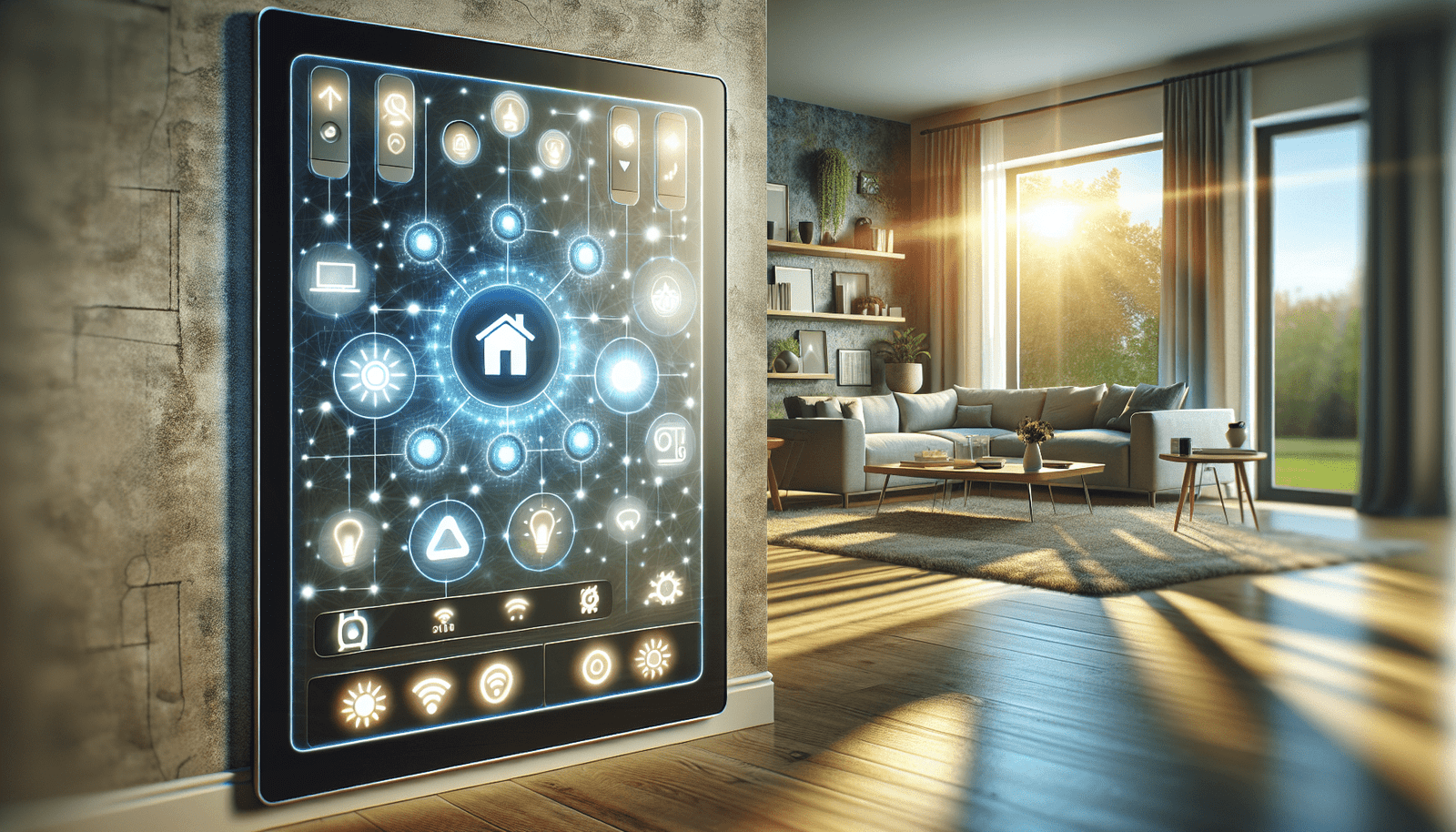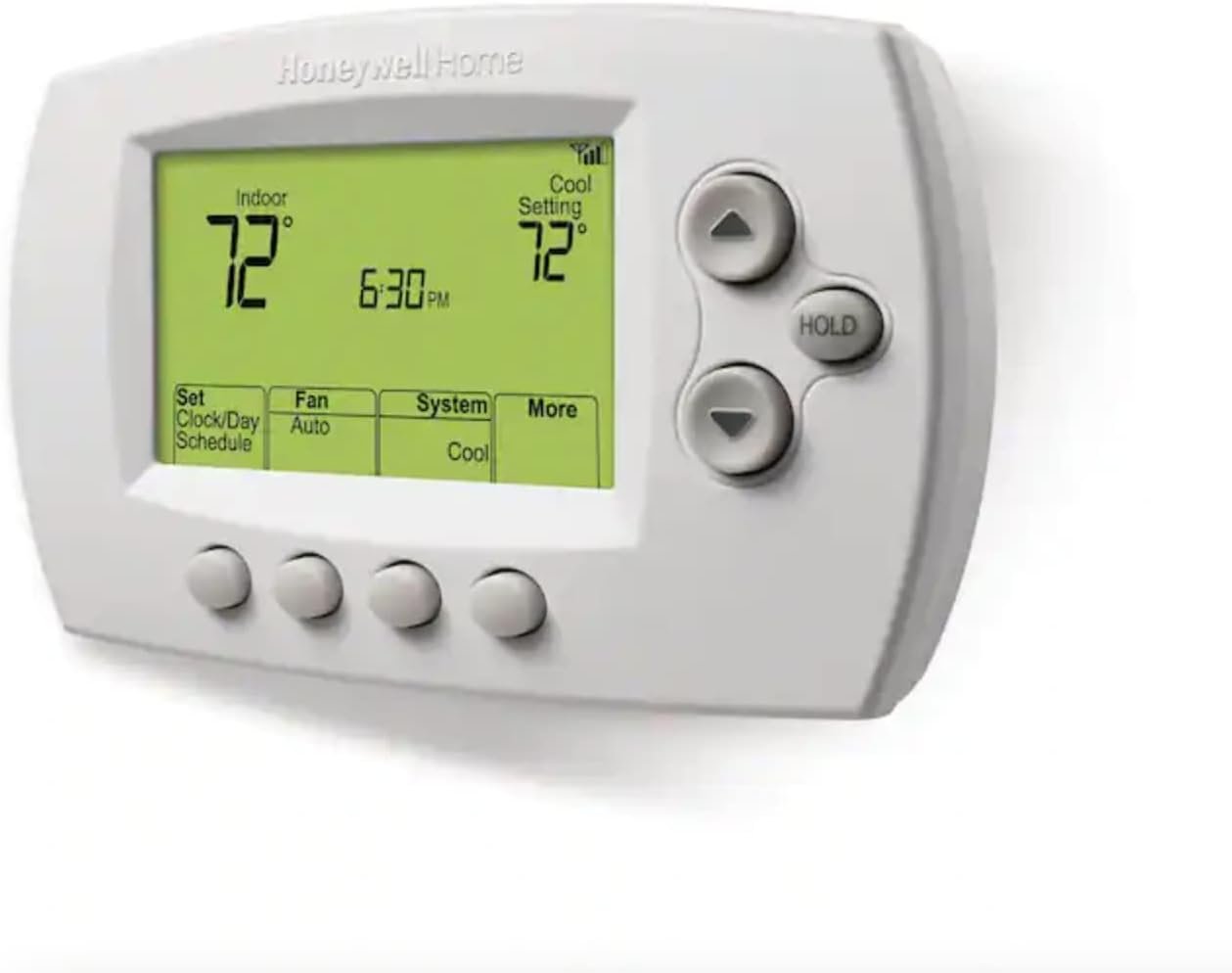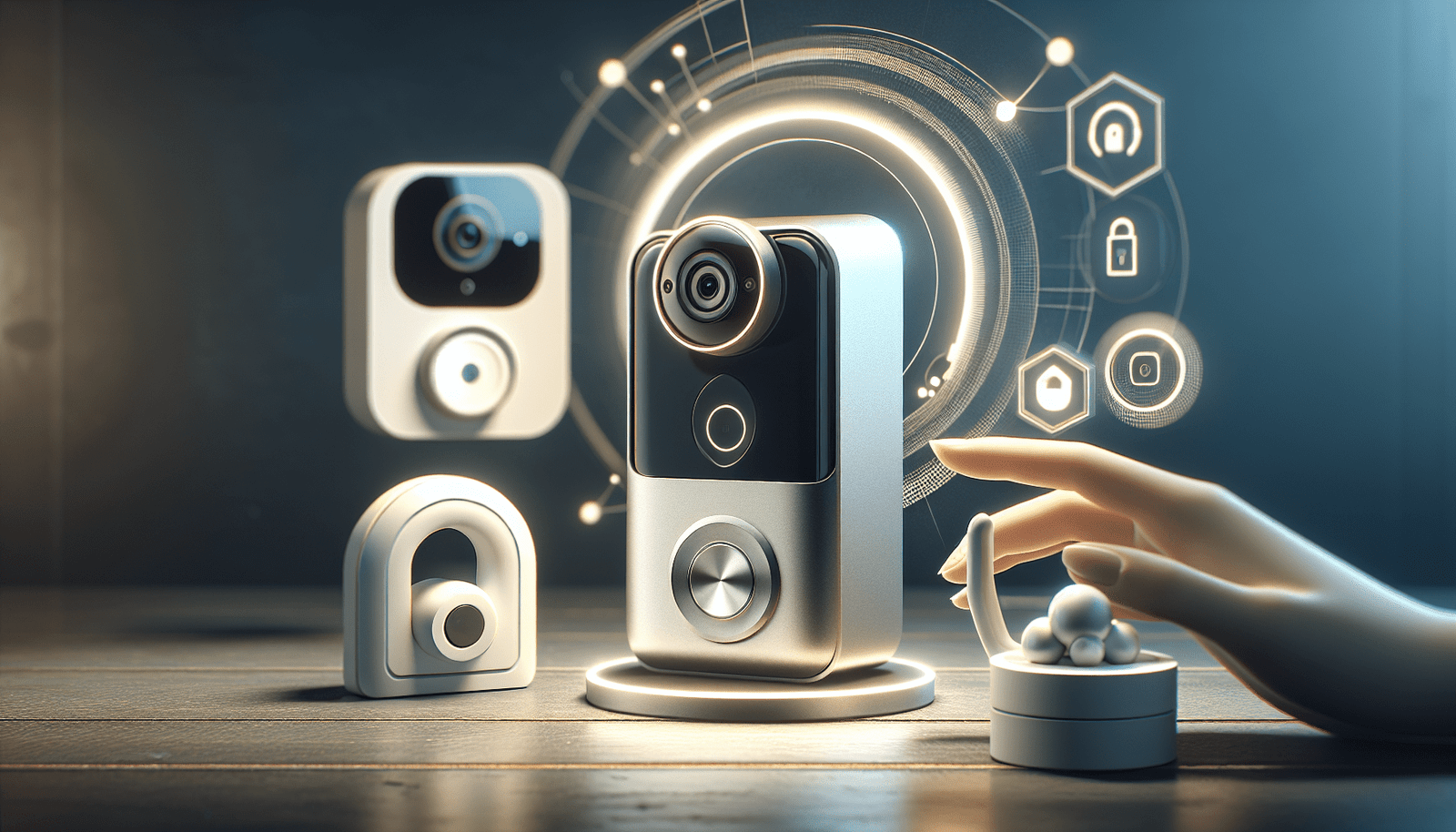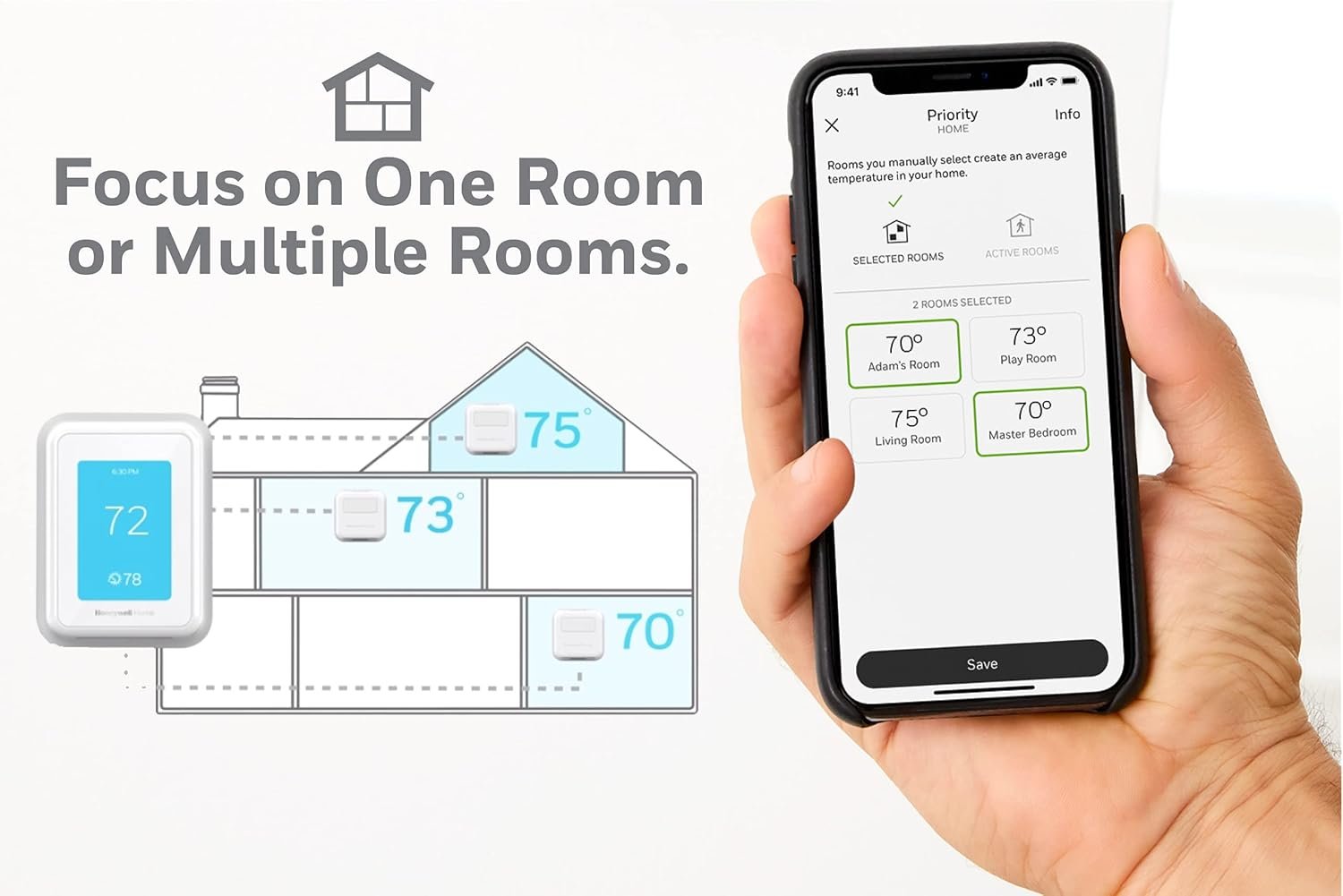Have you ever wondered how much control you could truly have over your home with just a few taps on your smartphone or a simple voice command? As the world becomes more connected, smart home devices are making this a reality, allowing you to automate household tasks and streamline your daily routines. But can these devices be programmed to follow a schedule, enhancing convenience, energy efficiency, and security in your living space? Let’s explore this topic in-depth to see how smart home technology can transform your lifestyle.
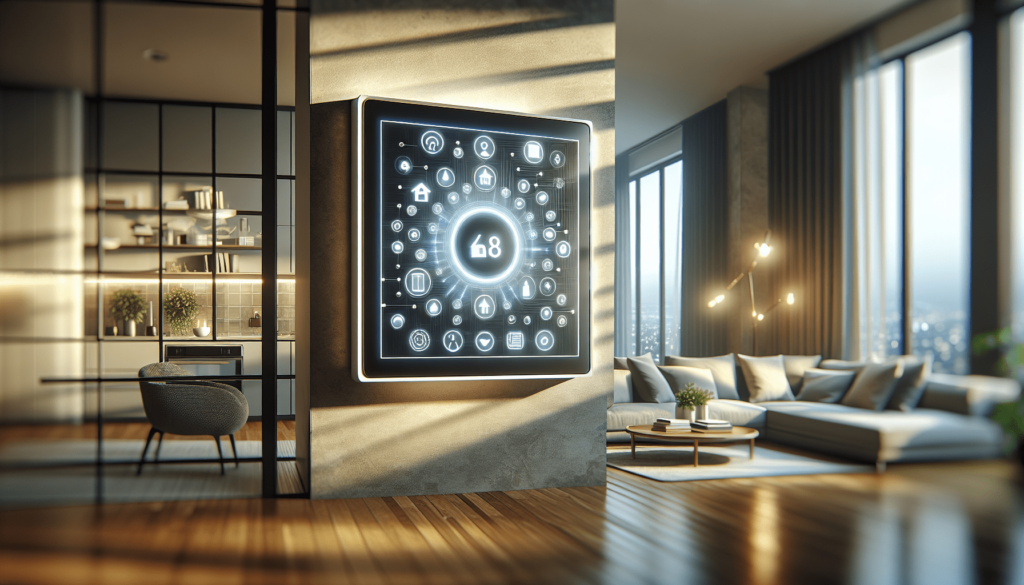
Understanding Smart Home Technology
Smart home technology comprises devices and systems designed to automate various tasks within your home, enhancing convenience, efficiency, and safety. These gadgets often connect to the internet, allowing you to control and monitor them through a smartphone app, voice command, or central hub.
What Are Smart Home Devices?
Smart home devices can include a range of technologies such as smart thermostats, lights, locks, cameras, and home assistants like Amazon Alexa or Google Assistant. These devices are equipped with sensors, software, and other technologies that allow them to receive and execute commands based on user input or predetermined schedules.
How Do Smart Home Devices Work?
The operation of smart home devices revolves around connectivity and automation. They generally connect to a home Wi-Fi network, enabling communication with other devices and the internet. This connectivity allows them to receive commands from users, whether spoken, tapped on an app, or scheduled for specific times.
Scheduling Smart Home Devices
The ability to program smart home devices to follow a schedule is one of the key attractions of home automation technology. This functionality provides numerous benefits, from simplifying daily routines to enhancing energy efficiency.
The Basics of Scheduling
Scheduling involves setting specific times or conditions when a smart home device should perform an action. For example, you can program your smart lights to turn on at sunrise and off at sunset or have your thermostat adjust to a more energy-efficient setting when you leave for work.
Compatibility with Different Platforms
Many smart home devices are compatible with various platforms and ecosystems, such as Apple’s HomeKit, Google Home, or Amazon Alexa. These platforms often have built-in scheduling features, allowing you to create routines that incorporate multiple devices. For instance, a morning routine might involve turning on lights, brewing coffee, and slowly increasing the temperature as you wake up.
Benefits of Scheduling Smart Home Devices
Integrating schedules into your smart home doesn’t just offer convenience—it also brings several other significant advantages.
Enhancing Everyday Convenience
One of the most immediate benefits of scheduling smart home devices is the convenience of having tasks automatically managed without manual intervention. Imagine returning from work to find your home well-lit and comfortable, all arranged according to your pre-set preferences.
Improving Energy Efficiency
Smart home devices can majorly contribute to reducing energy consumption by aligning with energy-efficient practices. By scheduling devices like thermostats and lights, you can ensure they operate only when needed, rather than remaining on constantly or because you forgot to adjust them. This precise control over energy usage can significantly reduce utility bills over time.
Boosting Home Security
Home security can also be enhanced through scheduled automation. Setting smart locks to secure your home at a certain time every night or programming indoor and outdoor lights to illuminate your property in your absence can deter intruders. Smart cameras can be set to record and send alerts based on specific schedules or detected movements, providing peace of mind whether you’re home or away.
Setting Up Scheduled Automation: A Practical Guide
Creating a reliable schedule with your smart devices may seem challenging, but it can be easy and rewarding with the right guidance. Here’s a practical guide to help you get started.
Choose the Right Platform
The first step involves selecting a platform that best suits your needs. Ensure your chosen ecosystem—whether it be Google Home, Amazon Alexa, or Apple’s HomeKit—is compatible with all your existing and prospective smart devices.
Create a Routine
Most platforms offer a feature to create routines or scenes incorporating several devices. Here’s a simple example:
- Open the app: Begin by launching the corresponding app of your smart home ecosystem.
- Navigate to routines/scenes: Look for an option labeled ‘Routines,’ ‘Scenes,’ or ‘Automation.’
- Define the trigger: Specify the trigger that will start the routine. This can be a time, a voice command, or an action by another device.
- Set the actions: Choose the actions for each device involved in this routine. For instance, at 7:00 AM, lights turn on, the coffee maker activates, and the thermostat warms up the living room.
Test and Adjust
Once your routine is set, it’s important to test it to ensure everything operates as expected. You may need to adjust certain settings or triggers to better align with your daily schedule or preferences. Flexibility is crucial, so don’t hesitate to make changes as your needs evolve.

Are There Any Drawbacks?
While scheduling smart home devices offers many advantages, there are considerations to keep in mind to ensure smooth operation and satisfaction.
Compatibility Issues
Not all devices may be compatible with every platform, and some might not support scheduling or integrate smoothly into existing routines. It’s crucial to ensure that any new devices you purchase work well with your current smart home ecosystem.
Initial Setup Effort
Setting up schedules requires an initial investment of time and effort. Learning to configure devices and fine-tuning routines to match your lifestyle demands some patience. However, this is often a minor hurdle compared to the long-term benefits you gain.
Privacy and Security Concerns
As with any technology connected to the internet, there are potential security risks. Securing your network, using strong passwords, and keeping software updated are simple yet effective measures to enhance security and protect privacy.
Future-Proofing Your Smart Home
Investing in smart home technology is as much about today as it is about tomorrow. The rapid pace of technological advancement means that devices and systems will continue to evolve, providing even more functionality and integration possibilities.
Trends and Innovations
Current trends include artificial intelligence (AI) integration to create more intuitive smart home systems that learn your habits and preferences over time. Emerging protocols such as Matter aim to enhance interoperability between different brands and devices, ensuring a more cohesive smart home experience.
Stay Informed and Adaptive
Staying informed about recent advancements will help you make better decisions about when to upgrade or integrate new devices into your home. This knowledge will also allow you to adapt your setup to maintain compatibility with evolving technologies.
Is Smart Home Scheduling Right for You?
Whether you’re a homeowner, a renter, or a tech enthusiast, smart home scheduling offers substantial benefits that can enhance your daily life. It can be an investment of both finances and time, so evaluating your specific needs and the value you place on convenience, energy efficiency, and security is important.
For those interested in a sustainable lifestyle, the ability to regulate energy consumption precisely makes the scheduling of smart home devices an appealing option. On the other hand, if security and peace of mind rank highly on your list, smart locks, cameras, and lights programmed to operate while you’re away provide substantial reassurances.
Final Thoughts
The ability to program smart home devices to follow a schedule indeed unlocks new levels of convenience, efficiency, and security, promising a more comfortable and sustainable living environment. While considerations and potential challenges exist, the rewards often outweigh the hurdles, paving the way for a future where your home’s systems work seamlessly according to your needs and preferences. As you explore this exciting world of smart home technology, remember that informed decisions and a bit of flexibility will ensure you get the most out of your investment.
